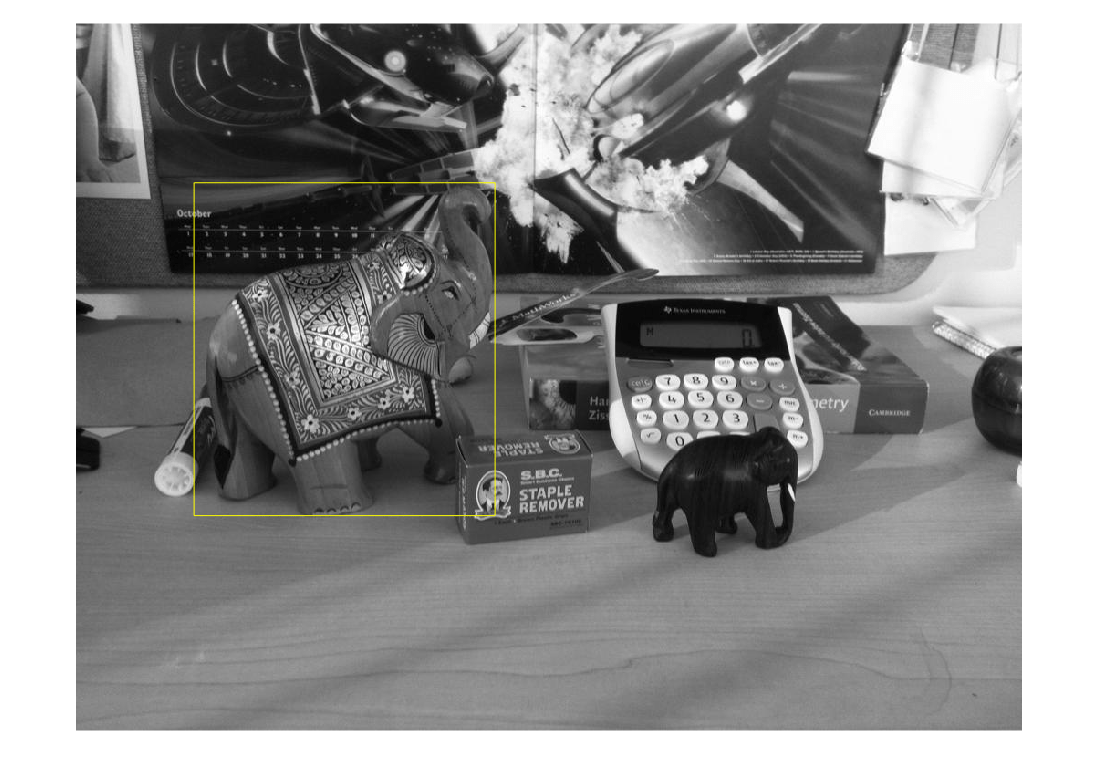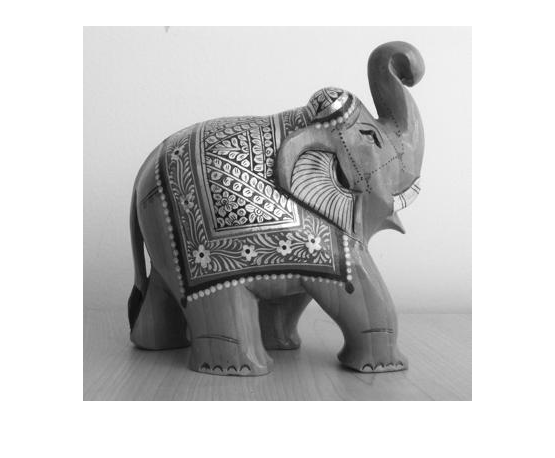invertedImageIndex
Search index that maps visual words to images
Description
An invertedImageIndex object is a search index that stores a
visual word-to-image mapping. You can use this object with the retrieveImages function to search for an image.
Creation
Syntax
Description
imageIndex = invertedImageIndex(bag)bag. The bag argument
sets the BagOfFeatures
property.
imageIndex = invertedImageIndex(bag,'SaveFeatureLocations',tf)imageIndex. To save image feature locations in the
imageIndex object, specify the logical value tf
as true. You can use location data to verify the spatial or geometric
image search results. If you do not require feature locations, you can reduce memory
consumption by specifying tf as false.
Properties
Object Functions
addImages | Add new images to image index |
removeImages | Remove images from image index |
addImageFeatures | Add features of image to image index |
Examples
References
[1] Sivic, J. and A. Zisserman. Video Google: A text retrieval approach to object matching in videos. ICCV (2003) pg 1470-1477.
[2] Philbin, J., O. Chum, M. Isard, J. Sivic, and A. Zisserman. Object retrieval with large vocabularies and fast spatial matching. CVPR (2007).
Extended Capabilities
Version History
Introduced in R2015a

